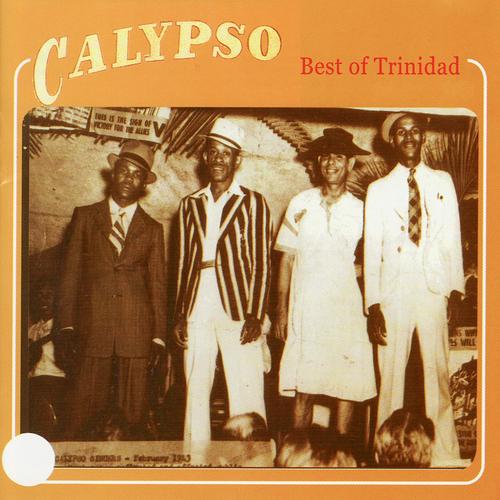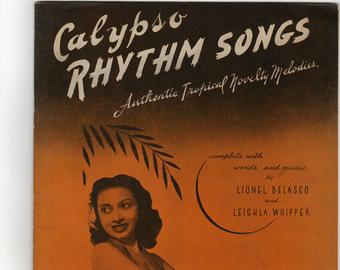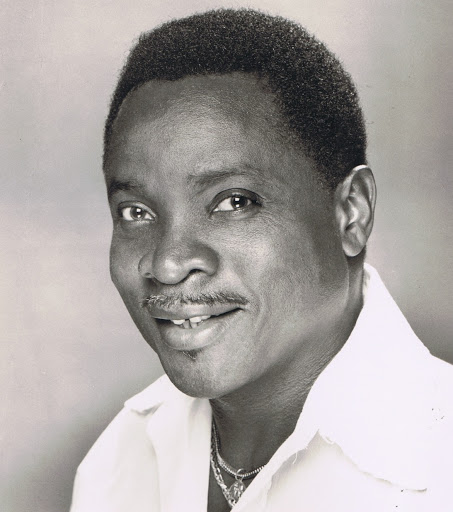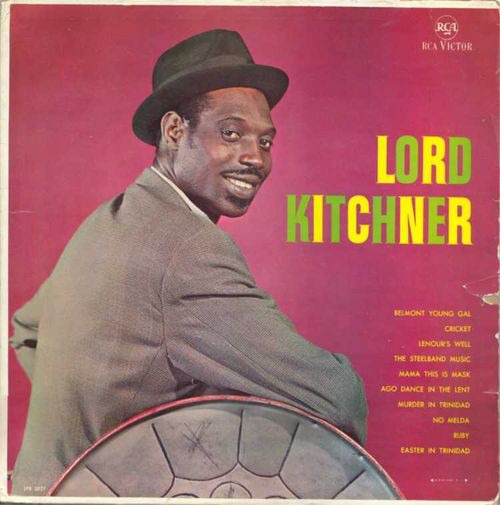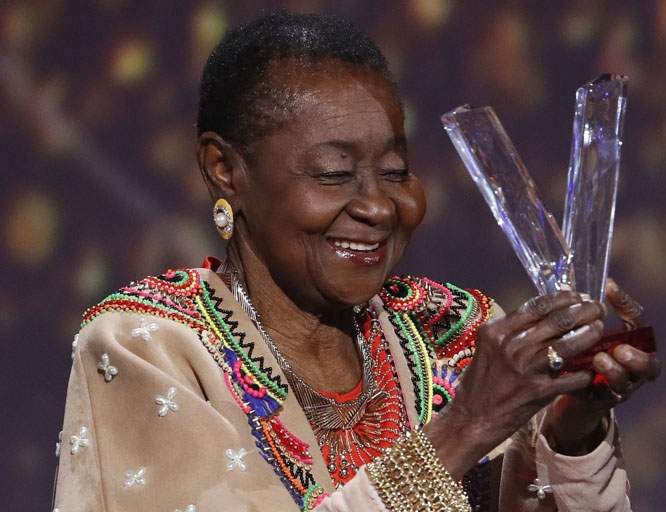THE STORY OF PARANG IN TRINIDAD
December 2020-January 2021
What is parang?
What is the Christmas Season in Trinidad and Tobago without parang music? But have you ever stopped to think about what parang means, where it comes from and what makes it so special?
The term ‘parang’ comes from the Caribbean Spanish word ‘parranda’ which means ‘merrymaking’. Interestingly, parranda wasn’t originally Christmas music, but it was music for any time and any place where merriment was expected. Over time, the term came to refer to a specific musical genre, sung in Spanish with lyrics that could be religious or secular.
The history of parang in Trinidad
Some say that parang came to Trinidad with the Spanish colonists who ruled from 1498 to 1797. Others believe that the music came to the island during the nineteenth century with the indigenous peons of Oriente, Venezuela, who came to work on cocoa plantations. Both theories for the origin of parang may hold some truth since it is possible that Trinidad’s native Hispanic population mixed with those peons, or cocoa paynols, from Venezuela. Whatever the truth may be, what arose was simple folk music, comprising the aguinaldos and secular songs. Aguinaldos were ‘Christmas gifts’ in song, dealing with topics such as la Anunciación (Annunciation), el Nacimiento (Birth of Christ) and the Despedida (Farewell). Non-religious parang songs include the velorio de cruz, the jota, the waltz and variations of the joropo oriental, the national dance of Venezuela. So even if some people say that parang sounds the same, the truth is there’s a lot of variety in parang in terms of styles, subjects and occasions where it can be sung.
The tradition and evolution of parang music
Traditionally, parang was a year-round activity that was always celebratory. Religious festivals, such as Christmas and Easter, were always special parang times but parang would also be a part of birthdays, weddings and christenings, all marked by spontaneous music, songs and dances of the ‘cocoa panyols’.
Religious parang is deeply rooted in Catholicism. It is therefore not surprising that it was the Christmas parang that made its strongest imprint on Trinidad. Tenaciously holding on to their Hispanic customs, the parranderos, as the parang singers were called, would go house-to-house singing their songs from the eighth day of October, which is the Catholic Feast of the Lady of the Rosary, until the sixth day of January, known as Feast of the Three Kings. For those early cocoa panyol singers, the religious text was more important than the music so the use of traditional use of instruments was minimal. The only instruments were cuatro and a pair of maracas. By 1940, however, the number of musical instruments had increased to include the guitar, bandol, mandolin, violin orflute, box bass, scratcher and toc toc.
Also, since parranderos were expected to go house to house, it was a male-dominated art form. Men could leave the home for days at a time, while women had to stay at home tending to domestic duties like rearing children. From the late 1920s however, female singers became increasingly more integrated into the art form. As the equality of the sexes became more widely accepted and physical transport became easier – meaning that parranderos could leave home to sing and return home earlier – women too could participate and still have enough time left over to tend to the home. Women soon became an integral part of parang.
Over time, parang became more accepted and appreciated by non-Spanish-speakers too; communities therefore began to make a place for parang music and performances where presented on community stages instead of as a roving, house-to-house activities. From 1962 onwards, parang ascended the public platform. But for parang to really become popular, it needed ambassadors. Two women would become the heroines of parang music in Trinidad.
Two heroes of parang
The dynamic Gloria Alcazar appeared on the parang platform in 1967 as cuatroist and lead vocalist of the group, ‘San José Serenaders’. In the role of lead singer, flanked by her female chorus, she heralded the picturesque front line that has become an integral part of modern parang performances. In addition, because she was Venezuelan by birth, Alcazar introduced popular Latin American melodies (many from Venezuela) into the San José group. She had spent her early years in Maracaibo, the home of gaita, so she introduced the gaita drum and gaita music to her group. It was upbeat and fast-paced and infectious and it soon began to change the style and form of the parang. Parang would never be the same after Gloria.
Selections like Viva, Cantemos Pastores, La Pascualidad, Gavilán, and Sabaneando took Trinidad by storm and Gloria Alcazar was catapulted into fame. Her impact was undeniable. A large number of groups made her repertory their own, and a number of female protagonists imitated her accent, her intonation and her style. Both Sharlene Flores (lead singer of ‘Flores de San José’) and Claire Piper (lead singer of ‘Carib Santa Rosa Serenaders’) are followers of the Gloria Alcazar tradition. Gloria Alzazar died in 1979, leaving behind a treasure trove of songs that are still very popular in Trinidad today. Alcazar’s death left an opening in the parang arena; that void was ably filled by another heroine of parang, the amazing Trinidadian singer from Siparia: Daisy Voisin. Daisy’s songs and style are a reflection of the reinterpretation of the traditional style and form of parang. Perhaps it would not be an exaggeration to say that a Venezuelan and a Trinidadian were the greatest heroines of parang of the modern era. Gloria Alcazar and Daisy Voisin.
Shared musical heritage
Parang has certainly had a very long and eventful journey in Trinidad. All the way from the Spanish colonial world, it persisted throughout the British colonial period and now survives into our independence, republic era. Parang, once music of the local Hispanic community and migrants, became a music of the masses. Once nomadic, house-to-house music, it now has a place on the stage. Once music for men, it now widely accepted women! What a journey! What an evolution.
As the world around us changes, it’s easy to wonder how much parang music has changed from its original form. Well, as late as 1995, Los Dinámicos, a Trinidadian parang group was part of a cultural exchange in Güiria, Venezuela. The Trinidad group fit right in alongside Venezuelan groups hailing from El Moro and Carriaco. Evidently, despite the passage of time Trinidadian parang remains almost identical to its Latin American counterpart – sharing instruments, lyrics, structure and energy. Though much has changed, parang is a permanent part of Trinidad and Tobago’s Hispanic legacy, shared with our South American neighbours.
That, dear friends, is a bit of the lesser known history of parang in Trinidad and Tobago.
*************************************************************************
Blog post written by Dr. Francisca C. Allard & edited by A. Cooper of the Trinidad and Tobago Music Festival Association. Dr. Allard is a former lecturer in music and education at the University of Trinidad and Tobago and Catholic Religious Education Institute (CREDI). She hails from the south of Trinidad and is a vibrant member of an established and popular “parang family”. Her doctoral thesis focused on the history, contribution and future of parang in Trinidad and Tobago. Dr. Allard is also a well-known parang singer and songwriter among whose accolades is the award for Best Parang Song of 2006.
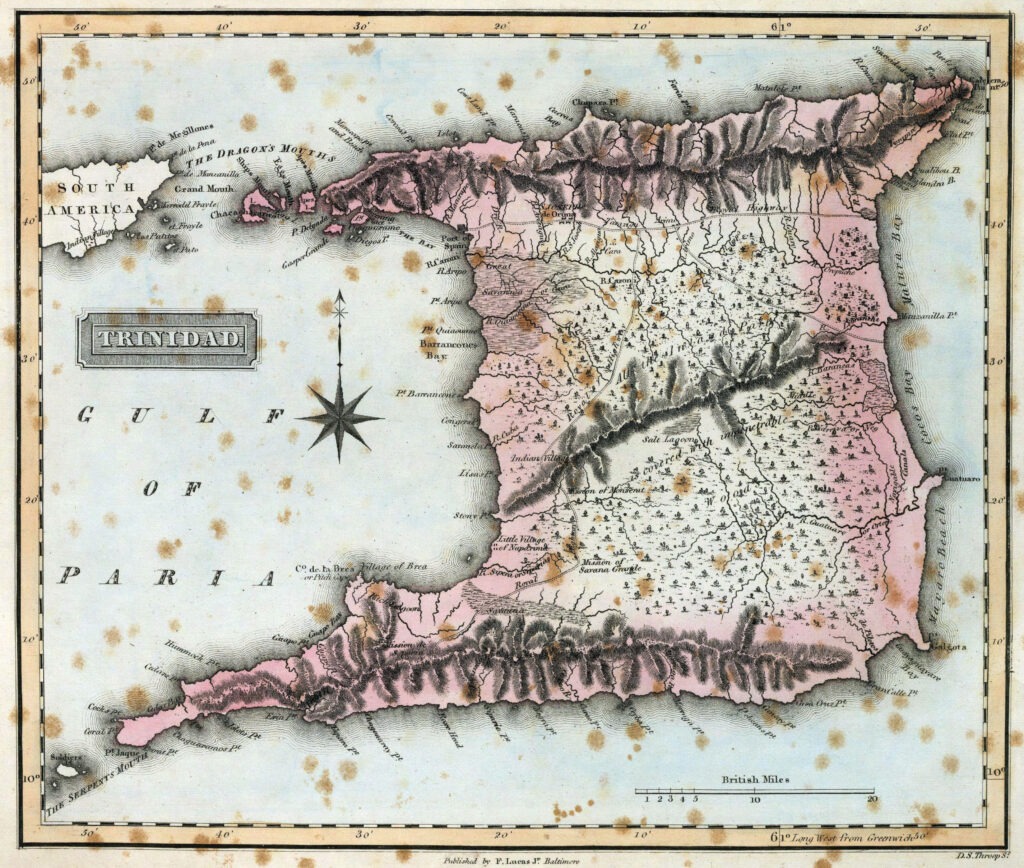
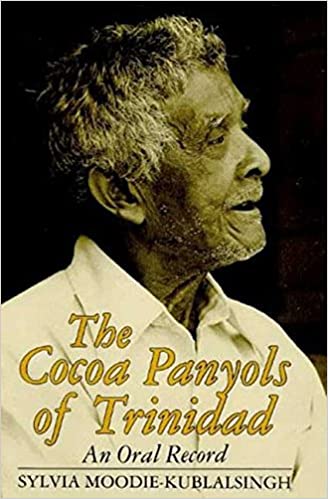
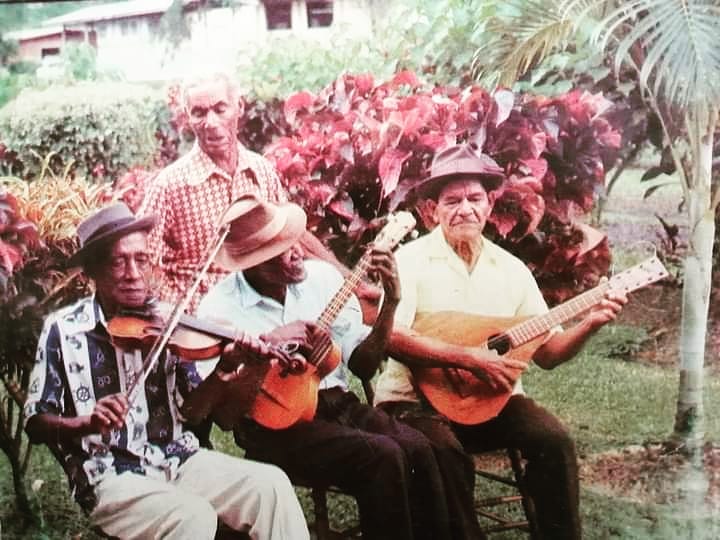
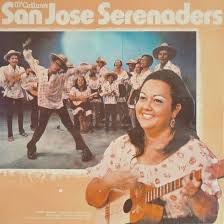
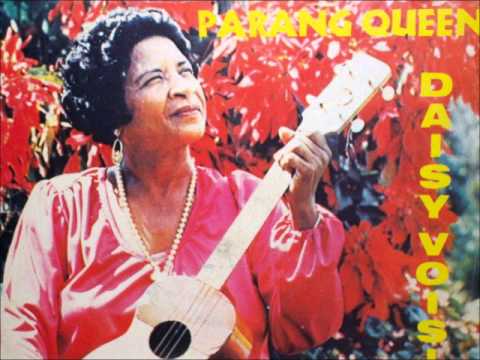
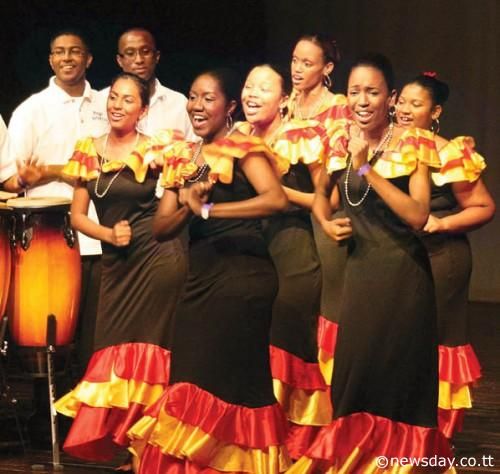
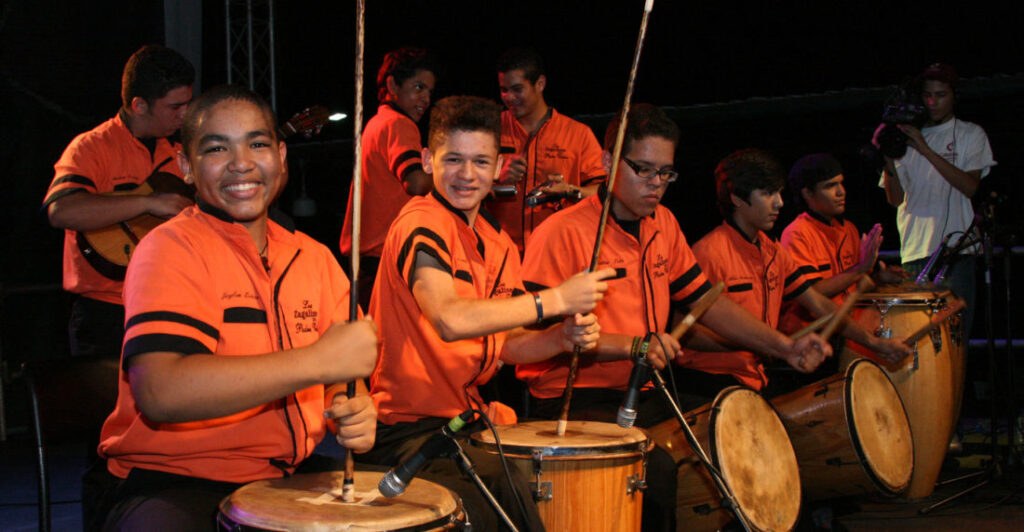
International Love AFFAIR WITH Calypso Music
October 2020
CALYPSO is a genre of music created in Trinidad and Tobago. More than a genre of music, calypso is the representation of Trinidad and Tobago’s history and the voice of our people. In many ways, to tell the story of Trinidad and Tobago is to recount the history of calypso.
Trinidad and Tobago is a melting pot of cultures, races and nationalities. From the historical timeline of our country, it is evident that our heritage comes from all over the world: Spain, England, Africa, India, China, France and, of course, the first people who were indigenous to the island of Trinidad. Maybe this is the reason why the entire world loves calypso music.
That assertion isn’t a platitudinous, over-zealous exaggeration or even some colourful literary device. The statement above is true and substantiated by historical facts and statistics which show calypso as, perhaps, the first internationally loved musical art form. Here are a couple of those historical facts that prove it!
THE FIRST SONG TO SELL A MILLION RECORDS
It was a calypso song that was recognised for the honour of selling the first-ever 1 million records. The song was “Rum and Coca Cola”, composed by Lionel Belasco with lyrics by Lord Invader (Rupert Grant). These two top-notch Trinidadian musicians created the first song to ever have sold a million records; but it wasn’t just one million copies: it sold 7 million copies when first released. I wish I could stop on that high note but there’s a lot more to the international story of calypso…
The song Rum and Coca Cola was stolen by an American entertainer called Morey Amsterdam when he heard it on a visit to Trinidad. He then gave the song, with some alterations to the lyrics, to The Andrew Sisters to record in 1945. Amsterdam dishonestly listed himself as the lyricist. The record Rum and Coca Cola then became famous and the first song to have sold the very first million copies. Fast forward, Lionel Belasco and Lord Invader sued Morey Amsterdam for use of their song and they won in court. However, the copyright of the song remained with Morey Amsterdam and Lionel Belasco and Lord Invader were credited as the creators. Could you imagine how much determination it took in those days to travel from Trinidad to America to sue an artist?
THE FIRST ALBUM TO SELL A MILLION RECORDS
Calypso doesn’t just have the title of first million records sold for the first song but it is also the record as the genre that holds the record for having sold the first million LP albums.
What was the name of the album that sold the first million? Well, it was called “Calypso: The album.” ‘Calypso’ was recorded by Harry Belafonte, who is a Jamaican – American singer. The album had songs created by one of Trinidad and Tobago’s greatest calypsonians, our very own King Radio (Norman Span). The entire world was crazy for Calypso.
CALYPSOS IN INTERNATIONAL MOVIE SOUNDTRACKS
Have you ever seen Beetlejuice? Other than the sinister character created by Hollywood director Tim Burton, most people who know or even heard about this movie will also never forget the addictive and infectious music in the movie’s soundtrack. These were classic calypsos such as:
Jump in the Line (Shake Senora) – lyrics by Lord Kitchener (Aldwyn Roberts)
Man Smart (Woman Smarter) – composed by King Radio
Sweetheart from Venezuela – composed by Lord Melody (Fitzroy Alexander)
Furthermore, here are just a couple of the countless other movies that featured calypso:
Disney 1989 – The Little Mermaid (which earned an academy award for best original song)
20th Century Fox – 1957 – Island in the Sun
CALYPSONIANS ON THE INTERNATIONAL SCENE
It didn’t take long for calypsonains to travel all over the world. As early (or even before) the 1930’s, calypsonians such as Attila the Hun, Roaring Lion and Lord Invader were already in demand, with their music taking them across the world, spreading the sweet gospel of calypso music. Lord Kitchener went off to England soon after but returned in 1962 to celebrate our country’s independence, like a true patriot.
Calypso Rose (Rose McCartha Linda Sandy Lewis) won the World Album Music of the Year award in France in 2017.
Although Grenadian born, Mighty Sparrow is a true son of the soil, moving to Trinidad at age one, he became a calypsonian and calypso icon. He received the Officer of the Most Excellent Order of the British Empire (OBE) in 2015. Among his accolades are the Chaconia Gold Medal from Trinidad and Tobago in 1993, and the Order of the Republic of Trinidad and Tobago, our highest award.
Roaring Lion (Rafael de Leon) – The song ‘If You Wanna Be Happy’ hit number one on the Billboard Top 100 on 18th May 1963 and it was based on Roaring Lion’s song ‘Ugly Woman’ as Roaring Lion was listed as one of the lyricists for ‘If You Wanna Be Happy’
The list goes on!
Do you think that the world loves Calypso music? Throughout the years, after the creation of this one-of-a-kind genre of music, I am convinced that the world will always love calypso music. Calypsos continue to be played and enjoyed all over the world as timeless classics.
Happy Calypso History Month!
*************************************************************************
SETH ESCALANTE is a Trinidadian classical guitarist, composer, educator and music writer. He is a past Music Festival Winner and holds a Licentiate in Guitar Performance from Trinity College of Music, UK, and a degree in music from the College of Science, Technology and Applied Arts of Trinidad and Tobago (COSTAATT). He’s also an amateur filmmaker. Follow Seth on social media @sethescalante or on his website: https://www.sethescalante.com
